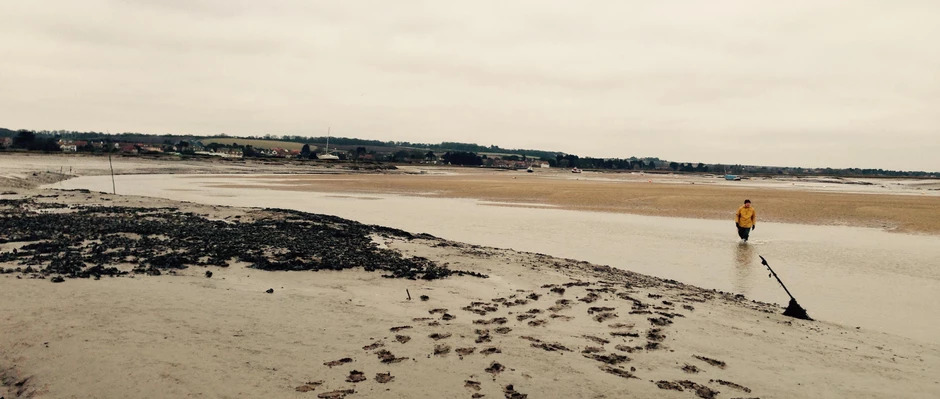Found Max and the guys from the Thornham Oyster Company at Hunstanton Street Fayre today. The oyster is certainly their world -raspberry & shallot vinegar, lemon and black pepper or Bloody Mary and Vodka oysters. Thoroughly recommend all three!
The oyster is very much part of the Norfolk Coast and has a long history going back centuries in this part of the world.

The Norfolk coast, washed by cold waters and dotted with shallow bays and inlets, is ideal for oyster beds, both natural and farmed. Oysters long heritage began in Norfolk because they weren’t always the expensive delicacy that they are today. This natural treasure was once considered unfit for the best tables.

Today in Norfolk, eating oysters is a relatively expensive seasonal treat, in the 19th century they were so plentiful and cheap that they were the food of the poor. Oyster-catching was among Britain’s first export industries. The Romans, when they arrived on the East coast, began shipping then-abundant oysters to the imperial capital, packed in ice across the Alps by some accounts or dragged in nets behind ships, according to others. At the Roman camp at Branodonum, less than a mile from Brancaster harbour, you can still find oyster shells on the site. They were supposed to be the best in the whole Empire.

The industrial revolution was the heyday for British oyster consumption. The railways allowed for the rapid transportation of fresh fish from the coast to feed workers in cities. In his landmark 1851 work, London Labour and the London Poor, the journalist Henry Mayhew estimated that half a billion oysters were sold a year at Billingsgate fish market; about a quarter of those were then sold at street stalls, usually late at night. “People are lofty-minded, and don’t like to be seen eating on ’em in the street in the daytime,” wrote Mayhew, quoting an “informant”. At this time, Brancaster harbour was alive with the sight of dredgers, bobbing impatiently on their moorings and blazoned with industrious names like The Ant and The Bee. The nectar they sought lay out on the treacherous Burnham Flats where ancient holes held the best quality oyster harvest.

Towards the end of the 19th century, the shellfish began to disappear because of overfishing and pollution. The number of people working in the industry had ballooned and record yields were followed by a sharp bust. Elsewhere, untreated sewage was pouring into estuaries, and a handful of deaths from eating bad oysters led councils to close many oyster beds in the early 1900s to avoid further health scares. Nature also dealt decisive blows. Small populations were vulnerable to changes in the environment, and particularly hard winters in the 1920s, 1940s and in 1963 killed many that remained. Finally, in the 1980s, they all but disappeared, thanks to the spread of a parasite called bonamia, which kills oysters just as they reach breeding age. One hundred years later, over-fishing and disease had reduced the total throughout the country to only 3 million.

The simple rule to follow is whether there is an ‘R’ in the month. This is because it was believed that oysters were unsafe to eat in May, June, July and August. But that is in fact a myth that came about because these months are the hottest are therefore more difficult to keep Oyster ‘fresh from the sea’. Nowadays, raw oysters that are properly kept and served promptly on ice can be eaten throughout the year. However out of season you may well notice a ‘milky’ taste to our native oysters.

More importantly, Norfolk’s native oysters from May through August are protected by an act of Parliament from being fished during the spawning season. Brancaster harbour’s creeks and channels offer the ideal conditions needed for growing oysters and mussels.
At Anna’s House you will find local places to eat oysters, tempura, natural, bloody mary or otherwise but don’t just savour the experience also enjoy the long, long heritage of the once humble Norfolk oyster.
Not forgetting the annual Brancaster Oyster Festival held every summer find out more information here

